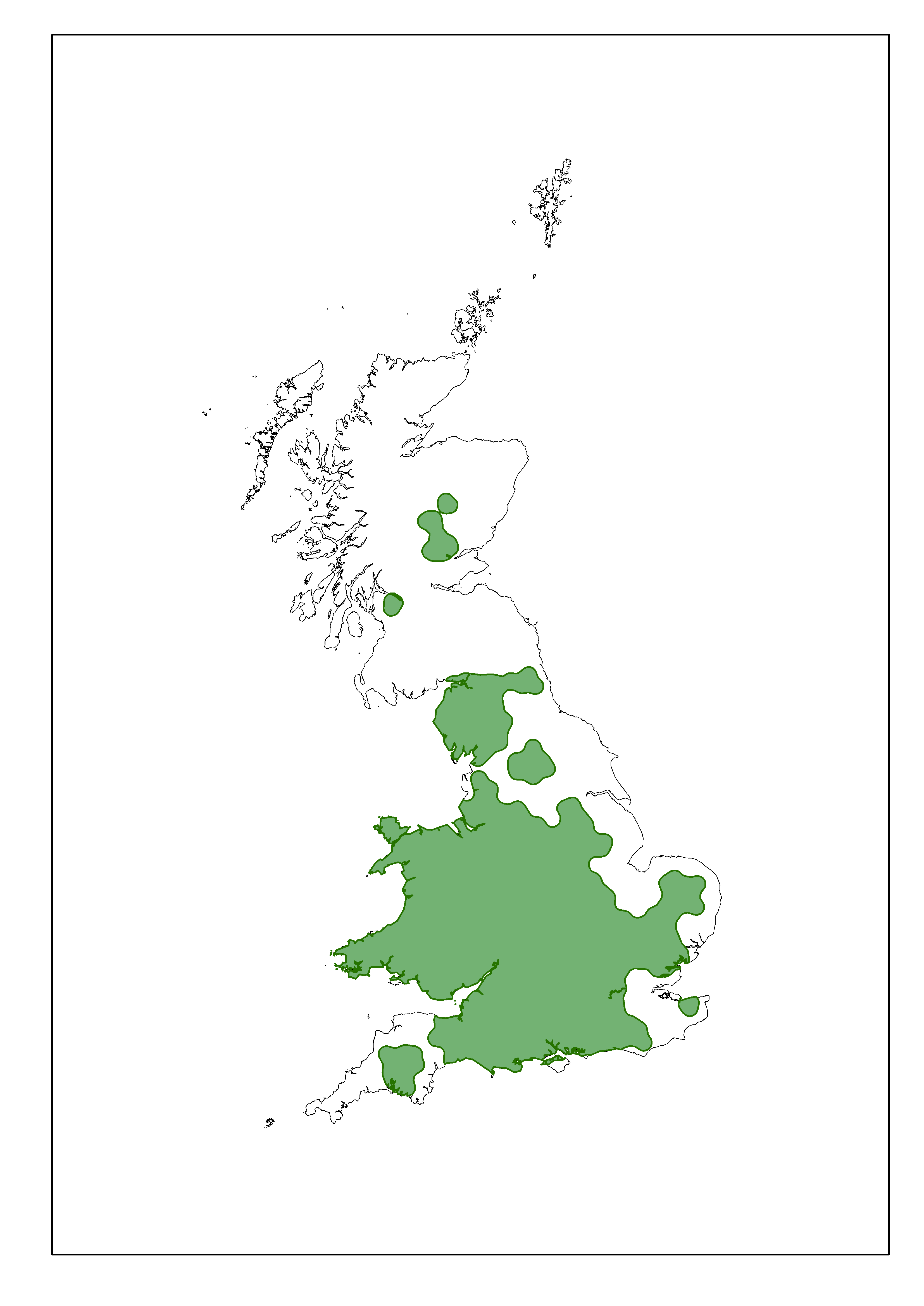This is particularly so because of its current recolonisation of many areas of lowland Britain from which it was trapped to extinction at the end of the 19th century.
Today, polecats have spread out from their historical stronghold in mid Wales and have recolonised much of southern and central England. They have also recently reached parts of southwest England and East Anglia. There are polecats present in northwest England and parts of Scotland originating from reintroductions.
The polecat’s conservation status in Britain is much more favourable today than it was a hundred years ago. Provided that no new serious threats emerge to halt the current recovery, it seems likely that the polecat will become widely re-established in mainland Britain.
The general lack of awareness and understanding of the recovery of this species and the paucity of information on the status, distribution and behaviour of polecats in the recently colonised areas, prompted Vincent Wildlife Trust (VWT) to initiate a number of conservation-centred studies on the species. This included looking at the relationship between wild polecats and feral ferrets.
The Trust has completed three national polecat distribution surveys to monitor the range expansion of polecats, the most recent of which was carried out during 2014 and 2015. The report on this survey can be downloaded here.
VWT part-funded a PhD research project at the University of Exeter and in partnership with the Centre for Ecology and Hydrology, investigating potential threats to polecat recovery. Polecat carcasses collected during our 2014-2015 national polecat survey were analysed as part of this research.
Fourth National Polecat Survey (2024-2025)
We are now collecting records of polecats for the latest national survey. If you have seen a polecat, please let us know here! For further information, visit the National Polecat Survey page.
Learn more about the polecat via our Resources
Photo: Polecat ©Anne Newton
Distribution map: ©The Mammal Society

English name: Polecat
Latin name: Mustela putorius
Number of young: Four-six kits born May to June.
Diet: Mostly wild rabbits but also rats, small mammals, amphibians, birds and earthworms.
Habitat: Variety of habitats, but more numerous in lowland landscapes with hedgerows and woodland edges.